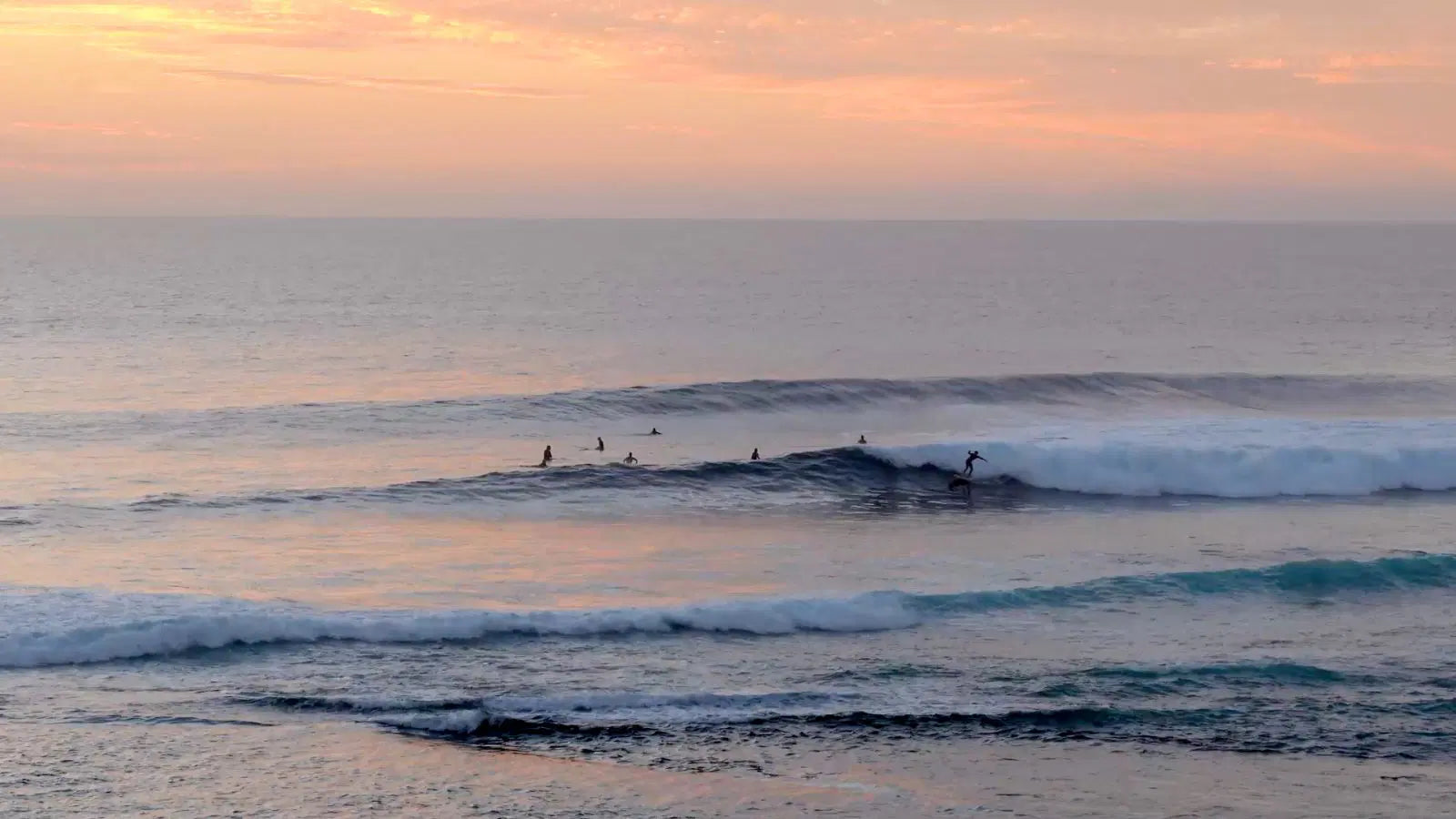The Ocean Cleanup, a non-profit organisation working to eliminate plastic from our seas, has removed a record amount of rubbish from the Great Pacific Garbage Patch in one go.
A vessel belonging to The Ocean Cleanup organisation pulled a record amount of rubbish from the Great Pacific Garbage Patch in August this year.
At around 11,400 kilograms, it’s the largest amount to be removed from the ocean in one haul.
The Great Pacific Garbage Patch is the largest of the five ocean garbage patches. It’s located between Hawaii and California and is estimated to be around double the size of the state of Texas in the US.

📷 MOHAMED ABDULRAHEEM via shutterstock
Garbage patches are dangerous for the environment and marine life, often entangling animals in fishing nets, with plastic also getting consumed by marine life and transporting non-native species to different habitats. It also poses a threat to humans in the form of micro-plastics which can be consumed through eating seafood or sea salt.
While it may not be possible to get rid of the ocean’s plastic completely, the Ocean Cleanup has set a target to remove 90 per cent of floating plastic from the oceans by 2040. While this target is ambitious, the non-profit organisation say it is achievable.
While it may not be possible to get rid of the ocean’s plastic completely, the Ocean Cleanup has set a target to remove 90 per cent of floating plastic from the oceans by 2040. While this target is ambitious, the non-profit organisation say it is achievable.
In an interview with ABC News, head of public relations and media for The Ocean Cleanup Alex Tobin said: “It's sad that there's so much out there, but we're very happy that we now have developed a system that is tackling this more and more effectively.”

📷 bombermoon via shutterstock
The cleanup system involves two vessels that skim the ocean, removing all the plastic debris. The Ocean Cleanup is working fast to try and remove plastic before it starts breaking down into micro-plastics due to UV rays.
The latest system being used can clean the size of a football field every five seconds, and is the largest system the organisation have used so far, measuring almost 2200 metres – almost three times as long as the previous system.
"Our goal is to kind of put ourselves out of business. We don't want to be doing this forever and ever,” Tobin added.
In recent years, the ocean patches have become home to marine life, making the clean-up process more difficult. Swimmer Benoit Lecomte and a team of scientists found that there was a wide range of sea life living on the surface surrounding the Great Pacific Garbage Patch, including blue dragon nudibranchs, Portuguese man-o-wars and neuston.
All of the trash collected by the Ocean Cleanup gets sorted through on the ships during the week-long journey back to port, with the nonprofit recycling as much of the plastic as possible.
Earlier this year, Ocean Cleanup removed the 200,000th kilogram of plastic from the Pacific Ocean. They also work to clean hundreds of rivers to prevent plastic from reaching the ocean in the first place.

📷 Rich Carey via Shutterstock
Of course, prevention is always better than cure, so reducing plastic pollution is the best way to ensure our oceans stay clean.
Shop our plastic-free bathroom and personal care range here.




